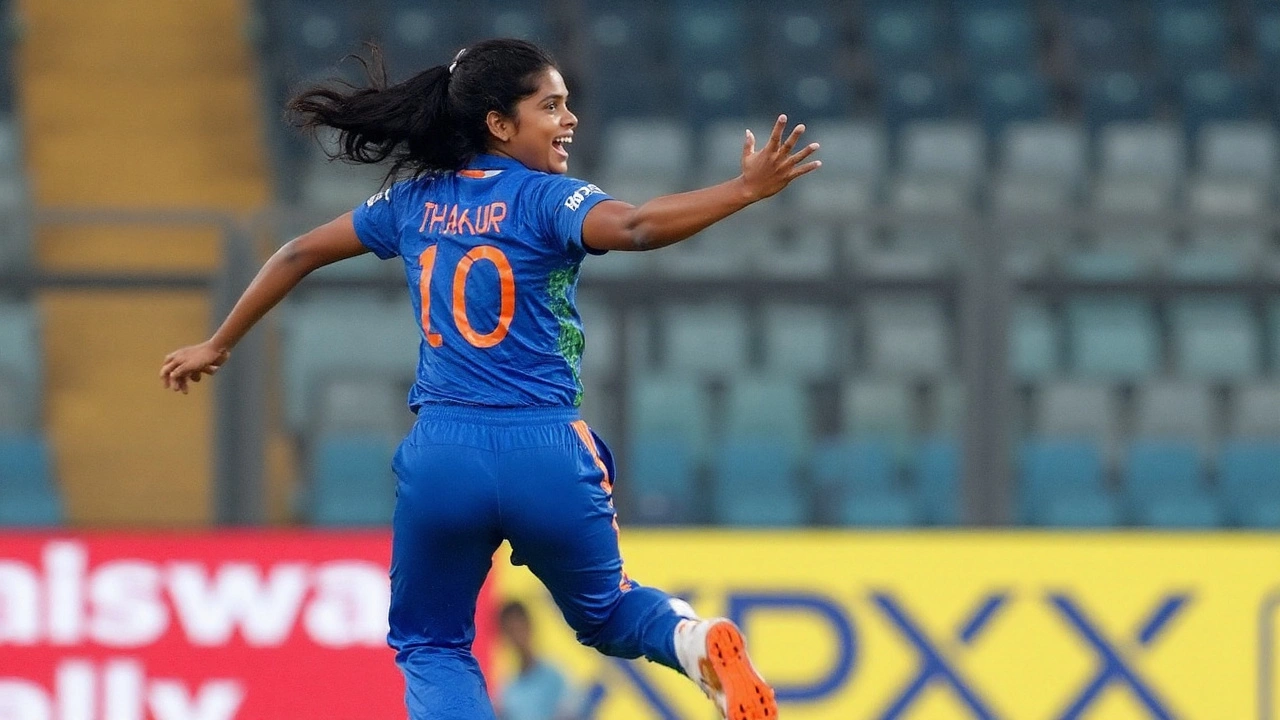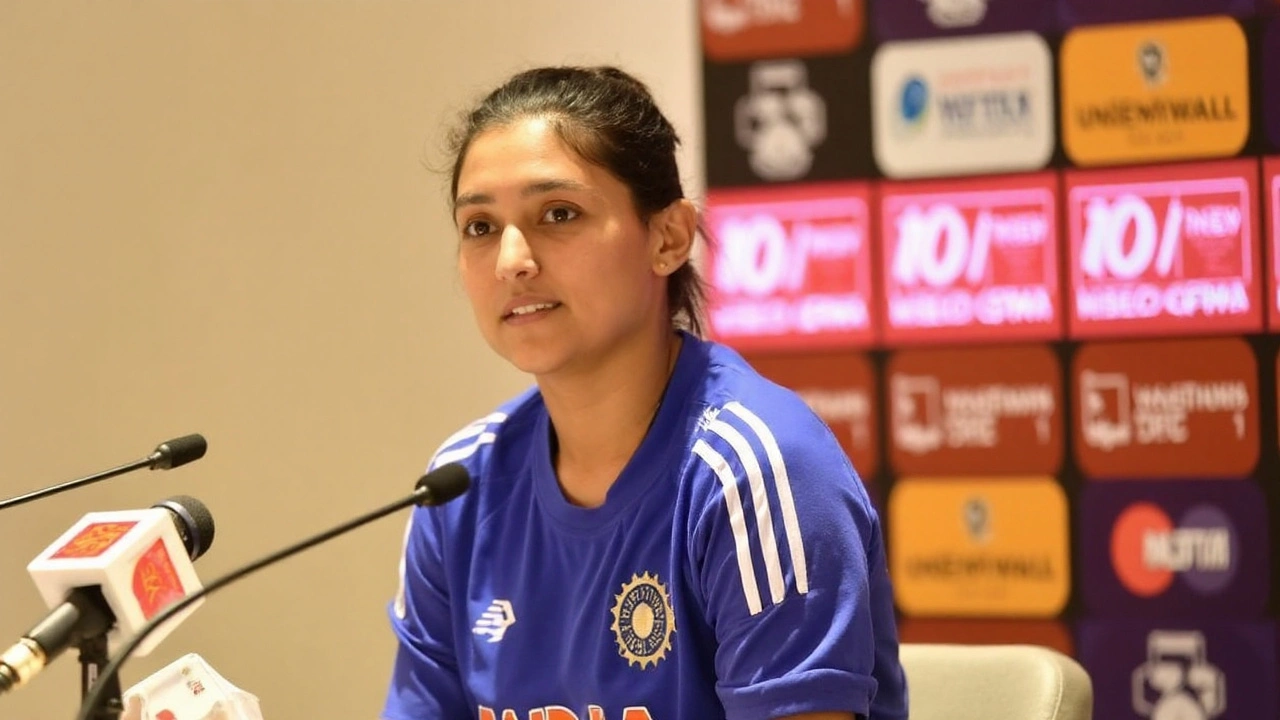Australia women's cricket tour of India 2025: Dates, squads, form guide, and conditions
 Sep, 15 2025
Sep, 15 2025
The rivalry that rarely cools down is heating up again. Australia are set to tour India for three fixtures in mid-September 2025, with matches penciled in for September 14, 17, and 20. It’s a short, sharp window, but the stakes won’t be small. India are stronger at home than ever, Australia still set the bar for ruthless consistency, and both sides treat this matchup as a form check for the season ahead.
What do we know already? The dates, the broad outline, and that both teams are expected to travel with near full-strength squads. The format and final venues will be confirmed by the boards, but the cadence suggests a tight white-ball block. Expect evening start times in India, a heavy dew factor, and surfaces that slow down as the night wears on.
Schedule, venues, and conditions
The three-match run is spaced across six days: opening game on September 14, a two-day gap before the second on September 17, and a final hit-out on September 20. That spacing fits the usual T20I/ODI rhythm and leaves room for teams to adjust plans between games. Venue announcements typically arrive alongside local association details and ticketing; given the calendar slot, major centers used to hosting women’s internationals are in play.
September in India means late monsoon in several regions. If these are day-night games, dew will test bowlers at the death and could skew captains toward chasing. Spin still matters in India, but you’ll see captains lean on skiddy pace in the powerplay and on cutters once the ball softens. For batters, hitting down the ground beats cross-batted risk when the ball grips. Fielding sides will obsess over towel management and ball maintenance once the outfield gets damp.
Travel-wise, a three-game series usually sticks to one or two hubs. That keeps pitches fresh enough for variety without turning the series into a lottery. Curators in India are good at presenting balanced white-ball surfaces now—true bounce early, grip later. Keep an eye on the toss, but also on how teams pace their innings. The side that wins the middle overs tends to own these contests, especially if the ball stops holding up under lights.

Squads, form guide, and match-ups to watch
Australia’s core has a familiar spine built for away wins. Alyssa Healy’s aggression sets tempo, Beth Mooney is the metronome in chases, and Ellyse Perry still tilts games with bat and ball control. Tahlia McGrath’s power-hitting and seam wobble bridge the middle overs. In spin, Ashleigh Gardner is a matchup nightmare against left-handers, while Georgia Wareham or Alana King give leg-spin bite. Pace options such as Darcie Brown and Annabel Sutherland bring top-end air speed and hard lengths that travel well in India.
India match that with top-order punch and all-round depth. Smriti Mandhana anchors with elegance, Shafali Verma attacks the new ball, and Jemimah Rodrigues threads gaps when fields spread. Harmanpreet Kaur’s power finishes games, while Richa Ghosh can flip an innings in ten balls. Deepti Sharma’s off-spin and control over tempo are vital; Pooja Vastrakar’s seam and batting depth matter when pitches tire. Renuka Singh’s swing returns are a bellwether for India in the powerplay, and young spinners like Shreyanka Patil have changed the middle-overs energy.
Recent history adds spice. India claimed a landmark Test win over Australia in Mumbai in late 2023, a result that reset belief in this rivalry. Australia, though, edged the white-ball legs around that period, showing their knack for closing out tight chases and squeezing with the ball at the death. That pattern sets the tone for 2025: India feel they can bully at home; Australia trust their systems under pressure.
Key battles to track:
- New-ball pressure: Renuka Singh vs Alyssa Healy/Beth Mooney. If the ball swings, Australia’s top has to ride out that first spell.
- Spin middle overs: Deepti Sharma vs Tahlia McGrath/Ashleigh Gardner. Dot-ball pressure here decides if Australia finish with 160 or 185 in T20 tempos.
- Death bowling: Annabel Sutherland/Darcie Brown vs Harmanpreet Kaur/Richa Ghosh. Australia’s hard lengths and wide yorkers against India’s power finishers is box-office.
- Right-hand matchups: Ash Gardner’s off-spin against India’s left-handers, and India’s leg-spin options against Australia’s middle order.
Bench depth will be a talking point. India have leaned on a new wave of domestic graduates—quick arms, athletic fielders, and more boundary hitters down the order. Australia’s pathway keeps producing like clockwork; whoever steps in tends to be game-ready, especially in fielding standards and situational awareness. That’s why small moments—an extra two saved at long-on, a direct-hit run-out—often swing these games.
Strategy-wise, teams will plan for two games: the one before dew and the one after it kicks in. Expect the chasing side to hold a power surge for overs 14–17, when the ball slides nicely onto the bat. Bowling sides will mix pace off, wide lines, and slower bouncers to pull hitters square. Captains might burn a spinner early to sneak an over before the ball gets wet.
From a fan perspective, scheduling in mid-September also threads the needle between domestic competitions and international windows, so expect big names on the team sheets. Under the 2023–2028 BCCI media rights cycle, women’s home internationals are carried on Indian sports TV and streamed digitally, so access should be straightforward once match timings drop. Ticket sales usually go live via host associations’ usual platforms a week or two out.
So, what’s the headline? The Australia women's cricket tour of India in September 2025 is short but loaded. Three matches, two giants, and conditions that reward smart cricket more than loud hitting. If you like momentum swings, keep your evenings free around September 14, 17, and 20.